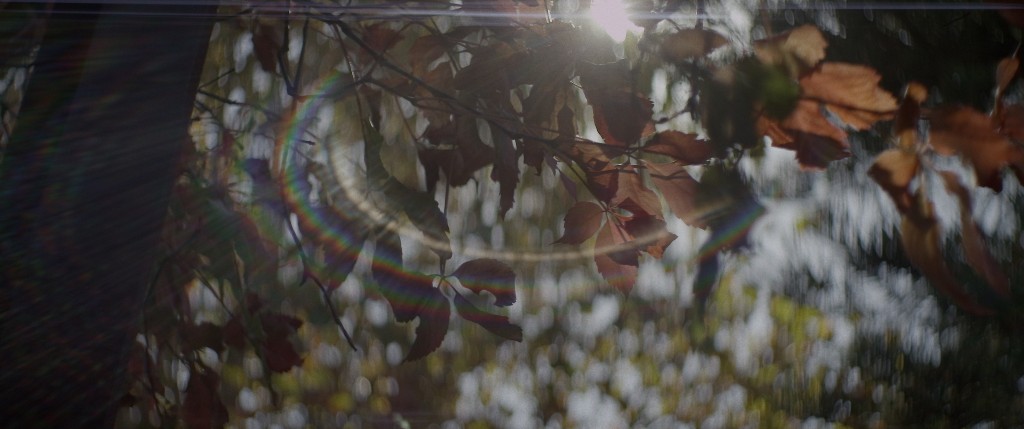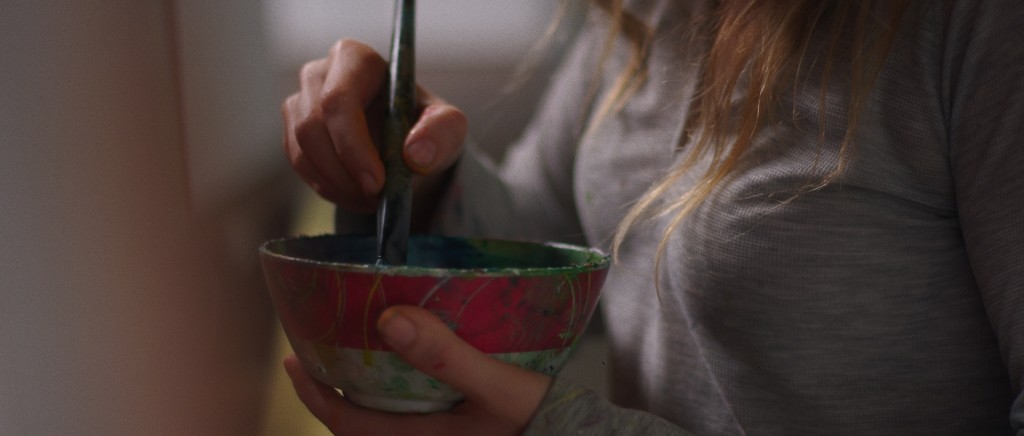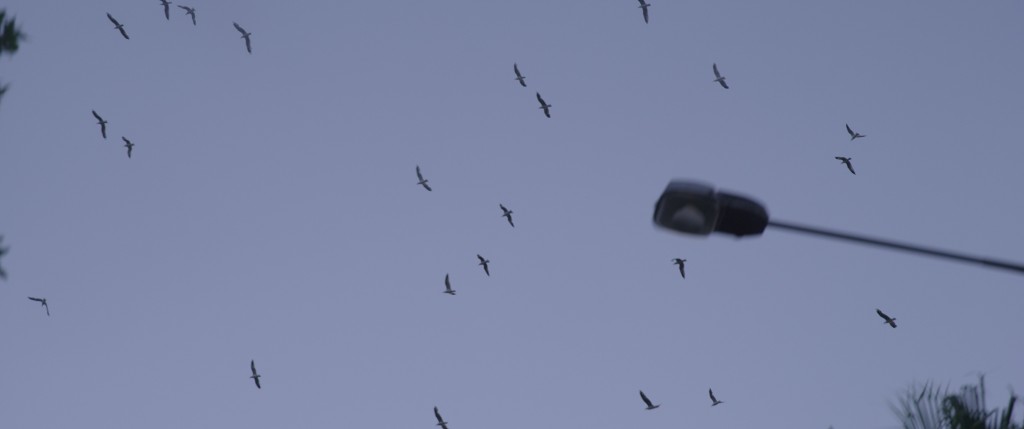CINEMATOGRAPHY TIPS: 10 THINGS SUCCESSFUL DPS HAVE TAUGHT ME
Over the past few months I have been interviewing some of the world’s top commercial cinematographers for The Wandering DP Podcast. These are guys that are working for the biggest directors and the biggest brands in the world on a daily basis. From Belgian DP Bjorn Charpentier to Canadian DP Evan Prosofsky, I have spoken to guys working all over the world and though they may come from different areas and different backgrounds I started to notice a pattern emerging in their cinematography language and beliefs.
A few of these interviews are already live on the Podcast but others are still waiting to be released. For those of you that prefer the cliff notes version of what these amazing cinematographers all have in common when it comes to the art of motion capture I made up a list of what I have learned from the interviews.
So here is the best advice I have received from these amazing DPs.
Top 10 Cinematography Tips:
1. Go Forth – There is no set path to becoming a cinematographer
I started The Wandering DP Podcast to get cinematography tips from some of the world’s best DPs. My career is just beginning and maneuvering through all the information out there on developing as a DP can be all but impossible. In every interview I have done one of the main points I take away is just how different people’s paths are to becoming successful cinematographers.
I have spoken with DPs who went the traditional film school to clapper loader to 1st AC to DP and I have also spoken to guys who just picked up a camera, started shooting, and then learned the rest on the run.
The truth is that there is no set path to becoming a successful cinematographer and that the only commonality between all the stories is that at one point or another every DP has had to decide they were going to give it a go.
So get out there are and start shooting.
2. Style – Being technical is great but having vision is what is important
The role of the cinematographer is both technical and creative. A good DP has to know both sides and be able to communicate in both languages if they are going to be successful but when push comes to show a DP is hired for their vision. Every DP has their own eye, which is influenced by the way they see the world around them, and it is their eye that people will recognize and want to use for their projects.
You have to know your tools but you also have to realize that without a coherent vision all the technical skills won’t make a project great.
Get out and find your style.
3. Finding Work – It is all about who you know
Finding work as a cinematographer is a bit of a catch 22. You have to shoot great work for people to take notice but you have to get on great jobs in order to shoot great work. The problem is getting started. How to get that first project that will turn into the stepping stone for bigger and better things.
The answer: Find people who are on your same level in your area. Find directors, art directors, producers, production designers and any body else that has an interest in film and start making things. These people are trying to make it just like you are and if you are hungry chances are they will be too. If they get picked up for a bigger job who do you think they are going to call? Someone they have never worked with before or you?
Even at the highest level, each DP I have spoken to gets the majority of their jobs from personal relationships with directors. They will either get repeat work from a director they have known from the past or they will get referrals from those directors to new directors or production companies. A good reel is great but a good relationship is better.
The film community is pretty small.
Start building relationships now.
4. Getting It Done – There is more than one way to skin a cat
Just like there are an infinite number of ways to become a DP there are also an infinite numbers of ways to get the job done. No two DPs light the same scene the same way. The trick is to find the way that you like to work and the environment and procedures that make you the most efficient and most productive.
I have seen lots of different lighting and shooting diagrams from tons of DPs and they are all vastly different. The best way to learn when starting out is to look at what others have done in the past, try it out and see what works for you. If you do that enough times and you expose yourself to enough ways of working over time you will start to recognize pieces of each DP that you can take, build upon, and morph into your own style of working.
Don’t get caught up in exactly how it was done. The truth is it doesn’t matter.
The better question to focus on is WHY it was done.

5. Stay True – Find out what makes you unique, then find people or brands that like that
Lots of DPs I have talked to have mentioned that when they first got started in commercial work they encountered a period where they were trying to make their commercials looks how they thought commercials were supposed to look. The idea that they may not have enough experience to be bold and have the confidence in their own abilities and style to bring a unique vision to the project was holding them back. In speaking with them now they all agree that this is a huge mistake.
You are hired for your vision, not your idea of someone else’s vision.
If the director or the producer wanted a commercial to look like someone else’s work they probably would have hired that other person. They chose you because or your work.
Be true to your inner voice.
6. Discovery – Learn so much you can forget it all
It is great to say that the technical skills aren’t as important as the vision but that isn’t entirely true. The cinematographer is a craftsman and a technician and you have to know your stuff to get ahead. If you don’t know the technical sides of exposure, lighting, capture, lensing, framing, and all the rest than you will end up a slave to mediocrity.
You want to learn so much that all those technical things become second nature. You have learned so much that it becomes subconscious. After learning all the ins and out of the science of cinematography you can then release yourself from worrying about not knowing the answer on set and focus on the vision aspect of a project. You don’t want to face an avoidable problem on set that creates production delays because you didn’t do your homework.
Work like mad to learn all the tech and then give yourself the freedom to forget it all.
7. Inspiration – Get a Still Reference Catalog started today
There is no such thing as copying, that is a direct quote I got from my very first Wandering DP interview. The cinematographer on the line told me that there was no such thing as copying as each project is different, each set up unique.
As a DP just starting out you should be building a library of stills and references to draw inspiration from. You don’t want to amass image after image of a style you want to copy but you do need to start to gather ideas, images, clips that you are drawn to so that you can find your own voice.
If you are new to build a reference catalog you can check out my post on the way that I gather and store my references.
Cinematography Prep – My Methods
A reference catalog is invaluable for sharing your ideas with a director and starting the process of developing a look for a project. Each DP I have spoken to has their own library of images that they draw inspiriation from.
Start building your style book today.
8. Be a Team Player – You are there for the Director
Film production, whether it is a low budget music video or a $100 million dollar Hollywood blockbuster, is a team game. The DP is responsible for a certain part of that team and the ability to morph and shirt your ideas to align with the director’s needs is a necessity.
The director is being pulled by so many people on so many levels. A good DP understands that idea and tries to make it as easy as possible on the director during production. How do you do that? You need to do your homework. You need to know everything the director knows so that you can become his eyes on set.
If you understand his vision and know the look and the feel he or she is going for than you can eleviate that point of stress. It is only a small part of the production stress on the director but every little bit counts.
Understand your role and that you are there to serve the director.
9. Communication – You are a Leader
As the DP you are responsible for a certain team within the production. You need to be able to communicate efficiently and effectively with your team members. As you develop and work with the same crew again and again communication becomes easier and easier but in the modern world DPs are often on jobs with different crews.
Understanding how and when to communicate ideas and instructions to your crew is vital. Pre-production and being prepared can be extremely helpful in keeping things efficient on set.
Work on your communication skills and know what you want before you start.
10. Tech – The Latest Tool or Camera won’t get you more work
All the tools in the world won’t make your images look good. Stop focusing on the next great camera and stop making excuses on why your project didn’t look as good as it could because you didn’t have x, y, and z. Practice with what you have. Build a team of people who are interested in pushing things further.
Work and work and work to get better at understanding the basics so that when the right job does come along you have the skills necessary to seize it.
No one is going to hand you a great gig and let you run with it. You have to go out and work for it. No camera kit is going to do the work for you not matter how fancy it is.
Start hustling.
by The Wandering DP


